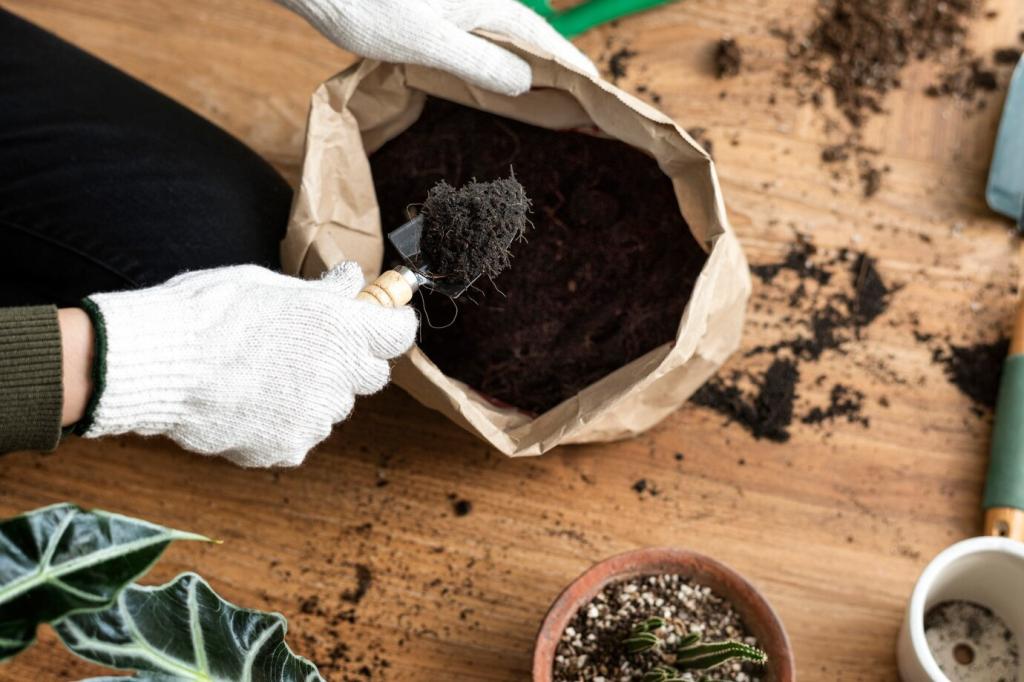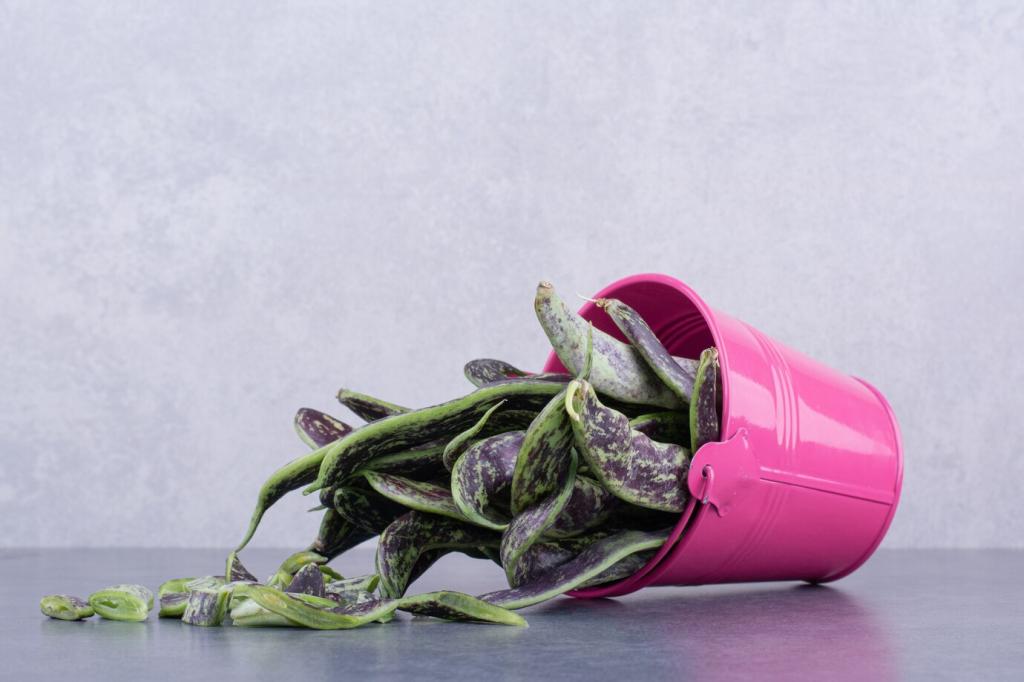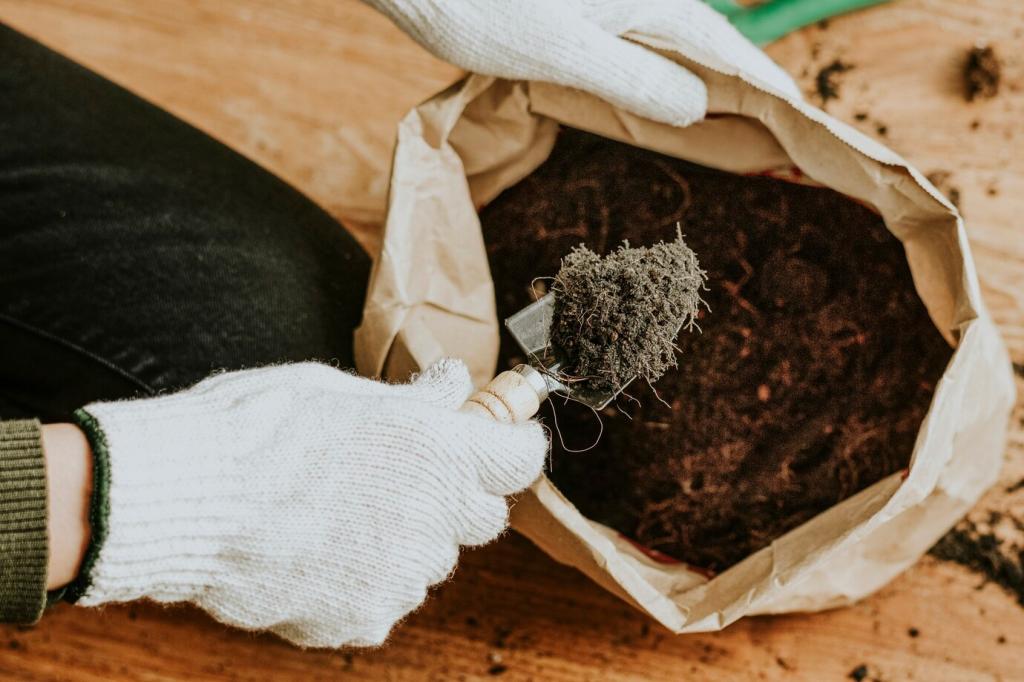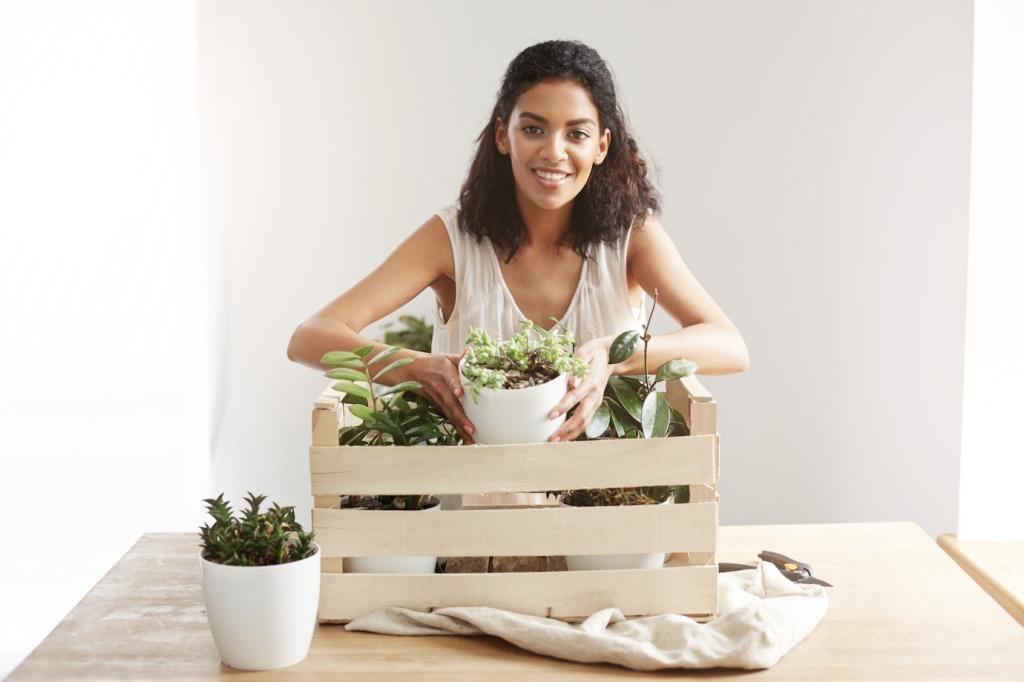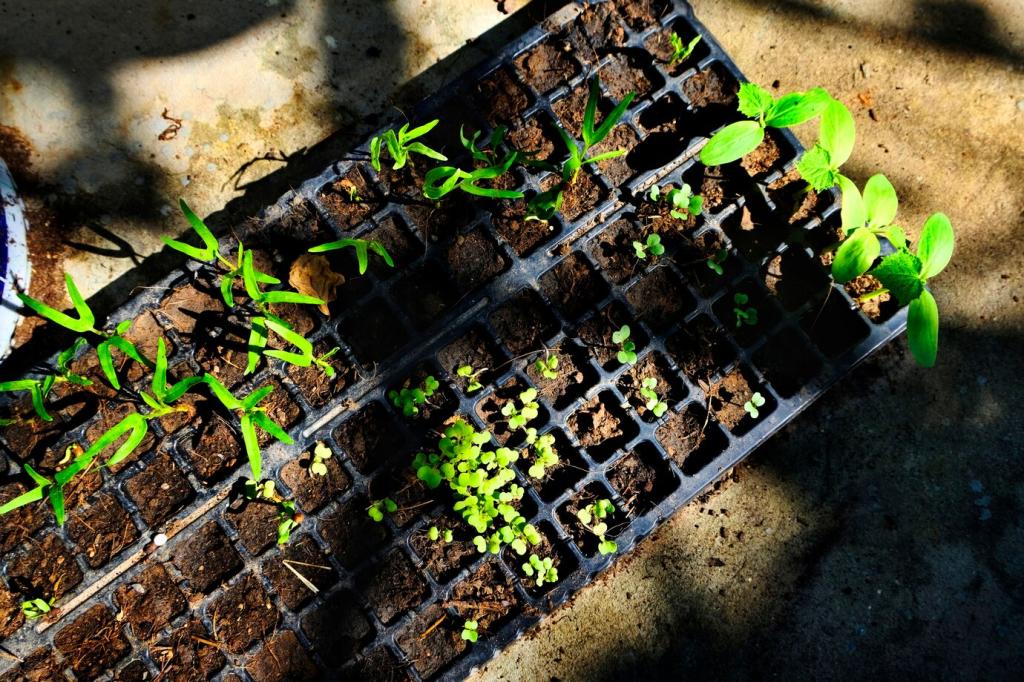Airflow and Odor Control by Design
Drill offset ventilation holes on opposing sides for a cross‑breeze, then line interiors with perforated tubes. This design drives aerobic action. Tell us your hole spacing and how your balcony smells after rain.
Airflow and Odor Control by Design
Create a lid cavity filled with finished compost and coco coir acting as a biofilter. Odors scrub through the medium naturally. If you try this lid, subscribe for upcoming odor test comparisons.
Airflow and Odor Control by Design
Design a rotating internal cage with a side handle. Gentle weekly spins introduce oxygen without opening the bin. Comment whether your plants perked up after switching to this hands‑clean turning method.
Airflow and Odor Control by Design
Lorem ipsum dolor sit amet, consectetur adipiscing elit. Ut elit tellus, luctus nec ullamcorper mattis, pulvinar dapibus leo.

